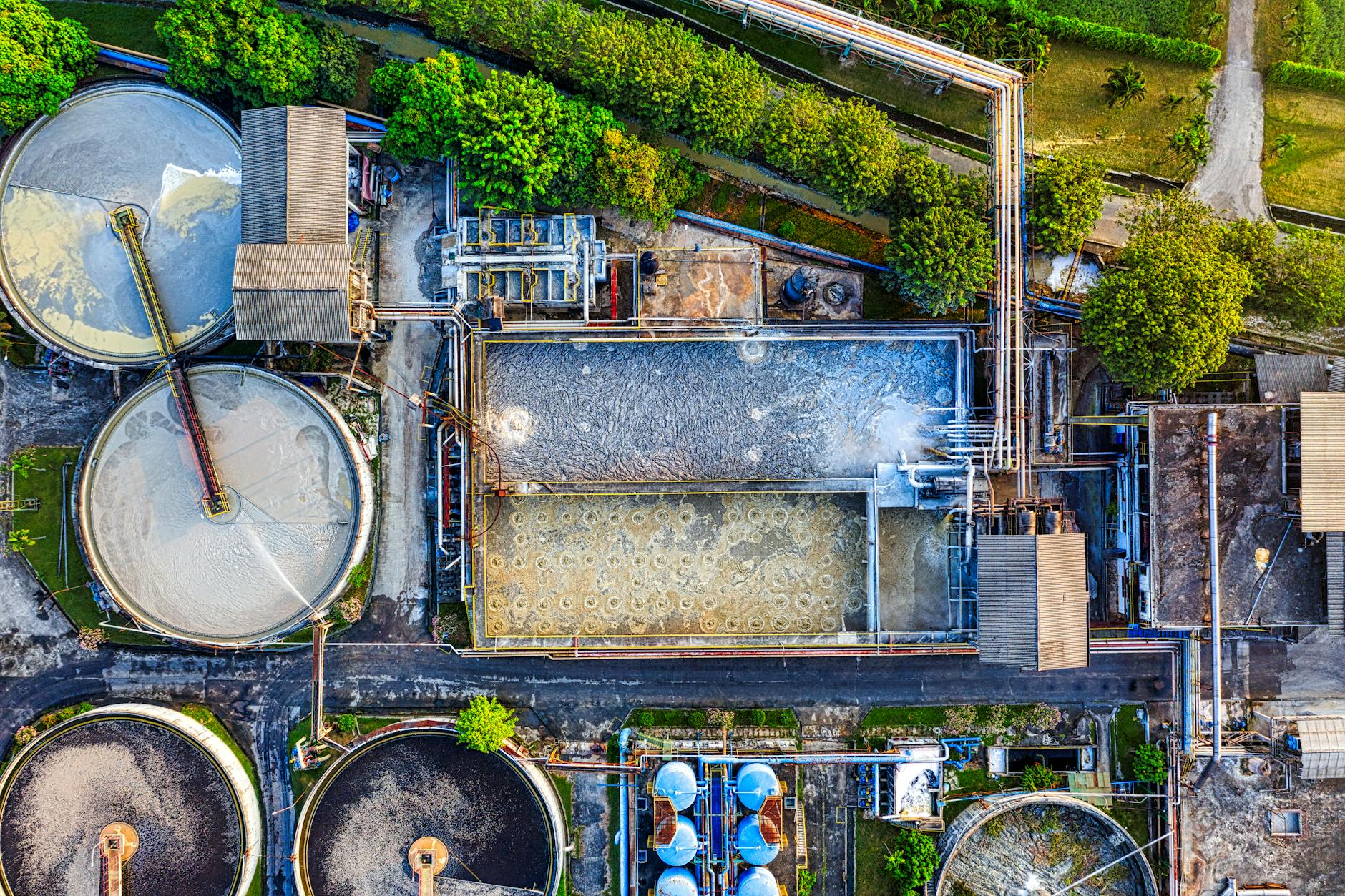By Kavita Dehalwar

Introduction
As urbanization continues to surge, cities worldwide face significant challenges related to water management. Traditional infrastructure often struggles to cope with heavy rainfall, leading to flooding, water pollution, and depletion of groundwater resources. The concept of the “sponge city” offers an innovative solution, aiming to enhance urban resilience by mimicking natural water cycles. This article explores the principles of sponge cities, their benefits, and effective strategies for their implementation.
What is a Sponge City?
A sponge city is an urban area designed to absorb, store, and purify rainwater, allowing it to be reused or to recharge groundwater. This approach contrasts with conventional urban design, which typically focuses on rapid drainage of stormwater through sewers and channels. By integrating green infrastructure and sustainable water management practices, sponge cities aim to mitigate flooding, improve water quality, and ensure a sustainable water supply.
Key Principles of Sponge Cities
- Infiltration
- Green Spaces and Permeable Surfaces: Utilizing parks, green roofs, and permeable pavements to allow rainwater to infiltrate the ground, reducing surface runoff and promoting groundwater recharge.
- Bioretention Systems: Implementing rain gardens and bioswales to capture and filter stormwater.
- Storage
- Retention Ponds and Wetlands: Creating ponds and artificial wetlands to store excess rainwater, which can later be used for irrigation or released gradually to prevent flooding.
- Underground Tanks and Cisterns: Installing tanks beneath buildings and streets to capture and store rainwater for non-potable uses like flushing toilets and watering plants.
- Purification
- Natural Treatment Systems: Utilizing plants and soil in wetlands and green spaces to naturally filter pollutants from stormwater.
- Constructed Wetlands: Designing engineered wetlands that mimic natural processes to treat and purify water.
- Reuse
- Rainwater Harvesting: Collecting and storing rainwater from rooftops and other surfaces for domestic and industrial use.
- Greywater Recycling: Treating and reusing water from sinks, showers, and laundry for landscaping and irrigation.
Benefits of Sponge Cities
- Flood Mitigation By enhancing the capacity of urban areas to absorb and store rainwater, sponge cities significantly reduce the risk of flooding during heavy rainfall events.
- Water Quality Improvement Natural filtration systems remove pollutants from stormwater, leading to cleaner rivers, lakes, and coastal waters.
- Groundwater Recharge Increased infiltration helps replenish groundwater reserves, which is crucial for maintaining water supplies during dry periods.
- Climate Resilience Sponge cities are better equipped to cope with the impacts of climate change, such as more frequent and intense rainfall and prolonged droughts.
- Enhanced Urban Greenery Integrating green spaces into urban design not only supports water management but also enhances biodiversity, reduces urban heat islands, and improves residents’ quality of life.
Implementation Strategies
- Policy and Planning
- Integrated Water Management Plans: Developing comprehensive plans that incorporate sponge city principles into urban development projects.
- Regulations and Incentives: Enforcing regulations that mandate the inclusion of green infrastructure in new developments and providing incentives for retrofitting existing buildings.
- Community Involvement
- Public Awareness Campaigns: Educating residents about the benefits of sponge cities and encouraging practices like rainwater harvesting.
- Participatory Planning: Involving local communities in the design and implementation of green infrastructure projects.
- Technical Solutions
- Green Roofs and Walls: Installing vegetation on rooftops and building facades to absorb rainwater and provide insulation.
- Permeable Pavements: Using materials that allow water to pass through, reducing runoff and promoting infiltration.
- Monitoring and Maintenance
- Regular Inspections: Ensuring that green infrastructure components are functioning correctly and efficiently.
- Adaptive Management: Adjusting strategies based on performance data and evolving climate conditions.
Conclusion
Sponge cities represent a forward-thinking approach to urban water management, offering sustainable solutions to the challenges posed by rapid urbanization and climate change. By incorporating principles of infiltration, storage, purification, and reuse, cities can transform themselves into resilient, water-sensitive environments. The successful implementation of sponge city strategies requires a collaborative effort involving policymakers, urban planners, engineers, and the community. As more cities adopt this innovative model, the vision of sustainable and livable urban spaces can become a reality.
References
Cosgrove, W. J., & Loucks, D. P. (2015). Water management: Current and future challenges and research directions. Water Resources Research, 51(6), 4823-4839.
Guan, X., Wang, J., & Xiao, F. (2021). Sponge city strategy and application of pavement materials in sponge city. Journal of Cleaner Production, 303, 127022.
Haasnoot, M., Middelkoop, H., Van Beek, E., & Van Deursen, W. P. A. (2011). A method to develop sustainable water management strategies for an uncertain future. Sustainable Development, 19(6), 369-381.
Pahl-Wostl, C. (2008). Requirements for adaptive water management. In Adaptive and integrated water management: Coping with complexity and uncertainty (pp. 1-22). Berlin, Heidelberg: Springer Berlin Heidelberg.
Rogers, P. P., & Fiering, M. B. (1986). Use of systems analysis in water management. Water resources research, 22(9S), 146S-158S.

You must be logged in to post a comment.